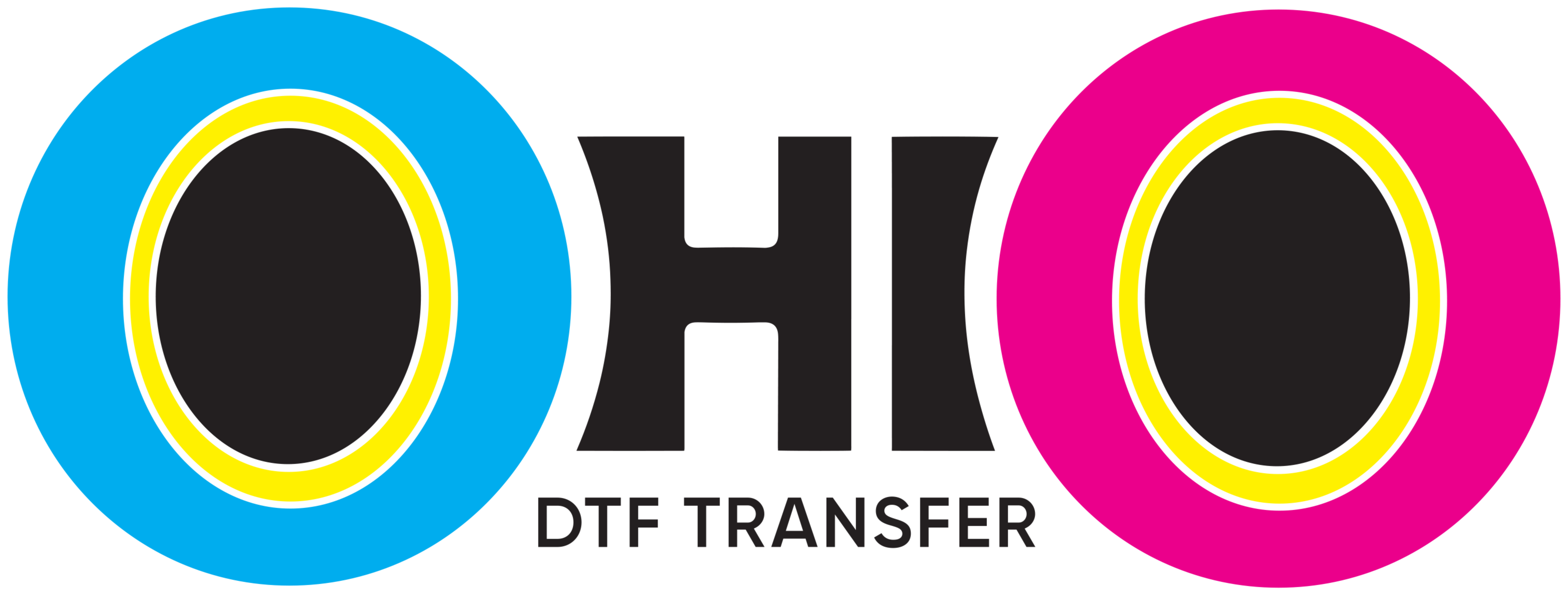🎨 How To Design DTF Transfers – A Beginner-Friendly Guide
Understanding how to design DTF transfers is key to getting perfect print results. Whether you’re a hobbyist or running a business, proper design preparation ensures high-quality, vibrant prints. In this guide, you’ll learn the essential steps to creating clean, press-ready DTF designs.
🧰 Step 1: Choose the Right Software
Start by selecting a design tool. Adobe Illustrator, Photoshop, or CorelDRAW are great choices. You can also use Canva or Procreate for simple designs. Choose software that supports layers, high resolution, and transparent backgrounds.
🖼️ Step 2: Work With High-Resolution Images
Always work at 300 DPI resolution. This ensures your image prints crisp and clean. Avoid blurry or pixelated graphics. Start your canvas at the final size of the transfer. That way, you avoid resizing later.
🌈 Step 3: Use CMYK Color Mode
DTF printers use CMYK ink. Make sure your file is designed in CMYK mode, not RGB. This ensures color accuracy during printing. If your design uses bright tones, test with a sample print first.
🔲 Step 4: Set a Transparent Background
Remove all background colors from your design. Export the file with a transparent background. This avoids unwanted blocks or shapes when the design is pressed. Save your file as PNG or PDF with transparency settings enabled.
📐 Step 5: Mind the Size and Placement
Measure your target garment before designing. Create the layout to match real measurements. For example, chest logos are usually 10–12 inches wide. Label designs are much smaller—often 3–4 inches wide. Scale each element to match the product.
📁 Step 6: Group Multiple Designs (Optional)
If you're printing many designs, consider using a gang sheet layout. Place multiple graphics on one large canvas. Leave at least 0.25” spacing between each design. This saves material and lowers your cost.
🧼 Step 7: Keep It Clean and Flat
Avoid effects like shadows or outer glows unless needed. DTF printing shows every detail, including unwanted pixel edges. Zoom in while editing to clean up shapes and lines. Flatten unnecessary layers to simplify the file.
🧾 Step 8: Prepare Your Final File
Before exporting, double-check everything:
-
300 DPI resolution
-
CMYK color mode
-
Transparent background
-
Clean, centered artwork
-
Correct sizing
-
No unnecessary text or guides
Then export as a PNG or PDF file. Make sure your file is ready to print without edits.
📊 Bonus Tips for Better DTF Designs
✅ Use Bold Lines
Fine details may not transfer well. Use thicker lines for clarity.
✅ Avoid Low-Contrast Colors
Colors that are too similar can look faded. Increase contrast for better visibility.
✅ Test Print Small Sections
Before printing in bulk, test part of your design. Make adjustments if needed.
✅ Save Editable Files
Always keep a copy of the original project file. You may need changes later.
🚫 Common Mistakes to Avoid
-
Using low-resolution images
-
Designing in RGB color mode
-
Adding complex gradients or transparencies
-
Forgetting to mirror text when needed
-
Leaving background color on by mistake
-
Exporting in the wrong format
Avoid these to reduce waste and get better results.
👚 Tailor Designs to Fabric Types
Not all fabrics behave the same. Dark shirts may need brighter prints. Polyester may react differently than cotton. Design with your fabric in mind. Ask your DTF provider for fabric-specific suggestions.
🔁 Final Thoughts
Now you know how to design DTF transfers that look professional and press-ready. How To Design DTF Transfers by following simple design rules, you’ll get better print quality and fewer reworks. Take time to prepare your file, check settings, and test when needed. Good design saves money, time, and builds a stronger brand.





